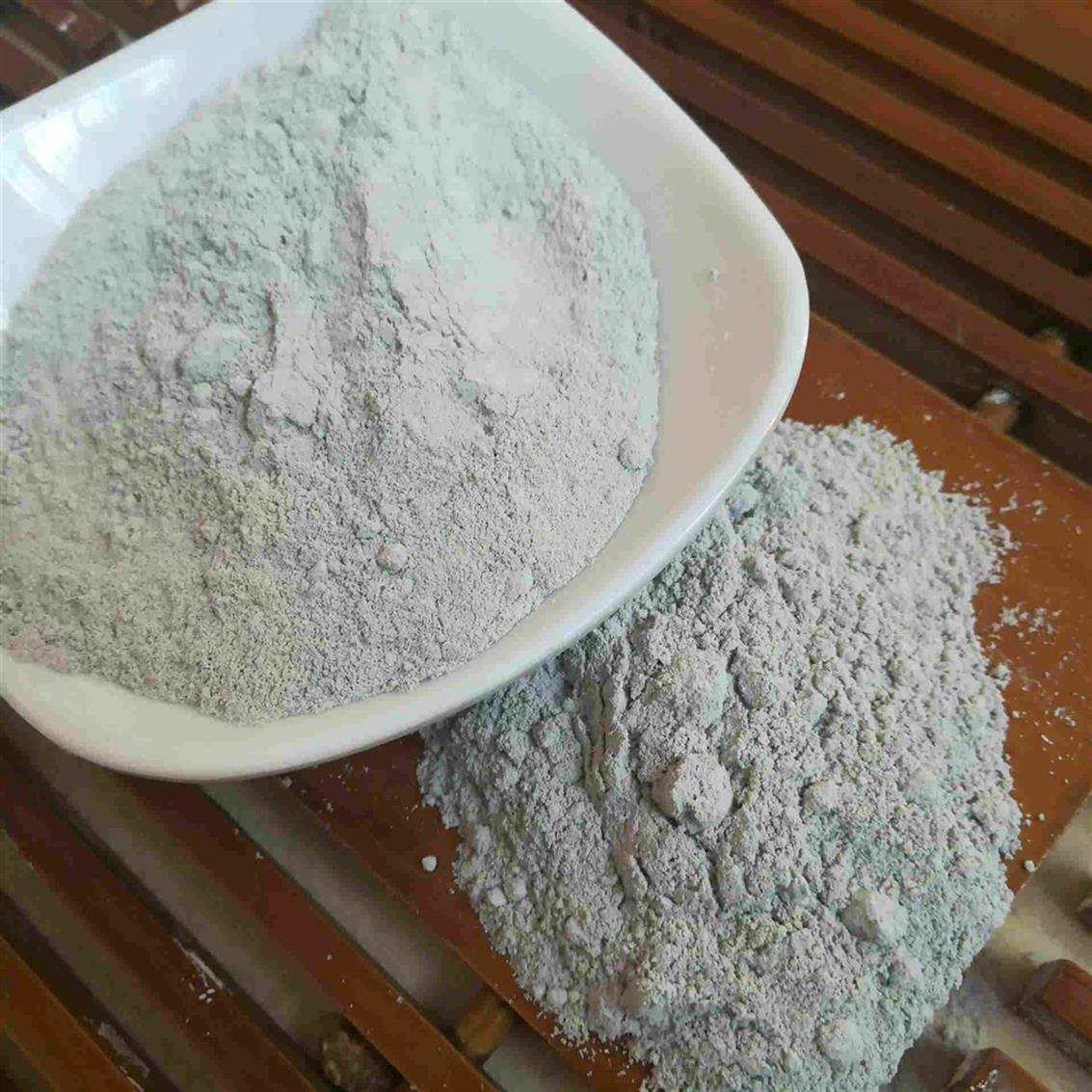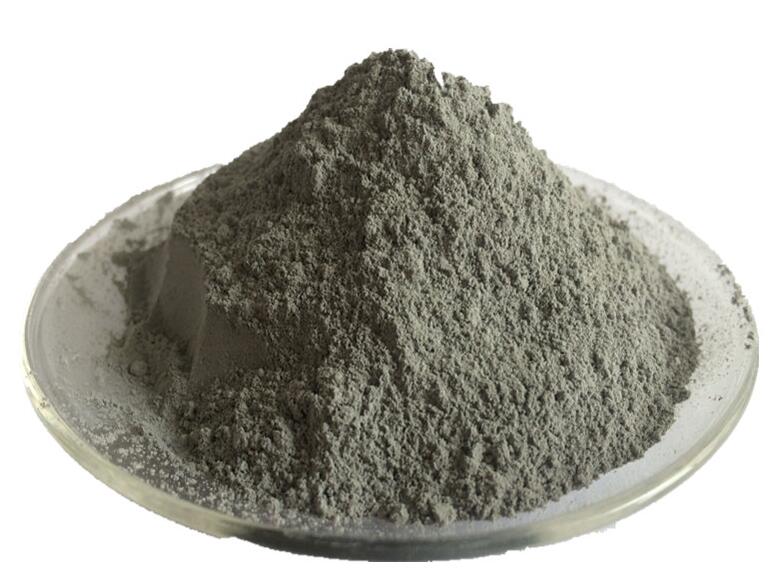Silica fume, also known as microsilica, is a byproduct of the silicon metal and ferrosilicon alloy production process. It consists of extremely fine spherical particles, which are around 100 times smaller than cement particles. Due to its unique physical and chemical properties, silica fume has become a valuable supplementary cementitious material (SCM) in various construction applications.
Cementitious Applications of Silica Fume
Silica fume is widely used in various cementitious applications, such as:
- Concrete: Enhancing the mechanical and durability properties of concrete mixtures.
- Mortar: Improving the bond strength, resistance to chemical attack, and reducing permeability in masonry and repair applications.
- Grout: Increasing the strength and reducing the shrinkage of cement-based grouts used for structural repairs and pre-stressed concrete applications.
Benefits of Using Silica Fume in Cementitious Applications
Incorporating silica fume in cementitious applications offers numerous advantages:
- Strength enhancement: Silica fume significantly improves the compressive, tensile, and flexural strength of concrete and mortar mixtures.
- Durability improvement: The addition of silica fume enhances the durability of concrete and mortar by reducing permeability, improving resistance to chemical attack, and increasing resistance to abrasion and freeze-thaw cycles.
- Sustainability aspect: The use of silica fume as an SCM contributes to a more sustainable construction industry by reducing the consumption of natural resources and lowering CO2 emissions associated with cement production.
How Silica Fume Improves Concrete Properties
Silica fume can greatly enhance the properties of concrete, including:
- Enhanced compressive strength: The pozzolanic reaction between silica fume and free calcium hydroxide in the cement matrix leads to the formation of calcium silicate hydrate (CSH), which contributes to the increased compressive strength of the concrete.
- Improved abrasion resistance: Due to its fine particle size and high surface area, silica fume helps to densify the concrete matrix, making it less susceptible to abrasion and wear.
- Increased freeze-thaw resistance: The reduced permeability and capillary porosity of concrete containing silica fume prevent the ingress of water and, consequently, improve its resistance to freeze-thaw cycles.
- Reduced permeability: The addition of silica fume results in a denser and more refined microstructure, which reduces the permeability of concrete and increases its resistance to aggressive chemicals and other environmental factors.
Silica Fume in High-Performance Concrete
Innovative applications of silica fume include its use in high-performance concrete, such as:
- Self-Consolidating Concrete (SCC): The fine particle size and high surface area of silica fume make it an excellent candidate for use in SCC, which requires a highly flowable and self-leveling concrete mixture without the need for vibration.
- Ultra-High-Performance Concrete (UHPC): Silica fume is a crucial component in UHPC, which is characterized by its exceptional strength and durability. The addition of silica fume significantly contributes to the development of a dense and refined microstructure that imparts superior mechanical and durability properties to UHPC.
Dosage and Mixing of Silica Fume in Cementitious Applications
- Recommended dosage: The optimum dosage of silica fume varies depending on the specific application and desired properties. Generally, it ranges from 5% to 15% by weight of cementitious materials.
- Mixing process: Silica fume can be added to the concrete mixture either as a separate component or pre-blended with other cementitious materials. Proper mixing is crucial to ensure the uniform distribution of silica fume particles throughout the mixture and to avoid the formation of clumps.
Challenges and Precautions in Using Silica Fume
Despite its numerous advantages, there are some challenges and precautions to consider when using silica fume:
- Workability concerns: The high surface area and fine particle size of silica fume can lead to a reduction in workability. To mitigate this, water-reducing admixtures or superplasticizers can be used.
- Dispersion issues: Proper dispersion of silica fume particles is essential to achieve the desired performance. Insufficient dispersion can result in clumping and negatively impact the concrete’s properties.
- Health and safety: Silica fume is a respirable crystalline silica material, and inhaling it can cause health issues. Appropriate personal protective equipment (PPE) and safe handling practices should be followed.
Conclusion
Silica fume is an exceptional supplementary cementitious material that can significantly enhance the performance of cementitious applications. By incorporating silica fume into concrete, mortar, and grout mixtures, construction professionals can achieve improved strength, durability, and sustainability. However, it is essential to consider proper dosage, mixing, and handling practices to maximize the benefits of using silica fume.
FAQs
- What is silica fume?
- Silica fume is a byproduct of the silicon metal and ferrosilicon alloy production process, consisting of ultrafine spherical particles that are used as a supplementary cementitious material in various construction applications.
- Why is silica fume used in cementitious applications?
- Silica fume is used in cementitious applications to enhance mechanical and durability properties, such as compressive strength, abrasion resistance, freeze-thaw resistance, and permeability reduction.
- How does silica fume improve concrete properties?
- Silica fume improves concrete properties by participating in the pozzolanic reaction, densifying the concrete matrix, and refining its microstructure.
- What are some high-performance concrete applications of silica fume?
- Silica fume is used in high-performance concrete applications such as Self-Consolidating Concrete (SCC) and Ultra-High-Performance Concrete (UHPC).
- Are there any challenges or precautions when using silica fume?
- Yes, using silica fume can present challenges related to workability, dispersion, and health and safety. These issues can be addressed by using water-reducing admixtures, ensuring proper mixing




